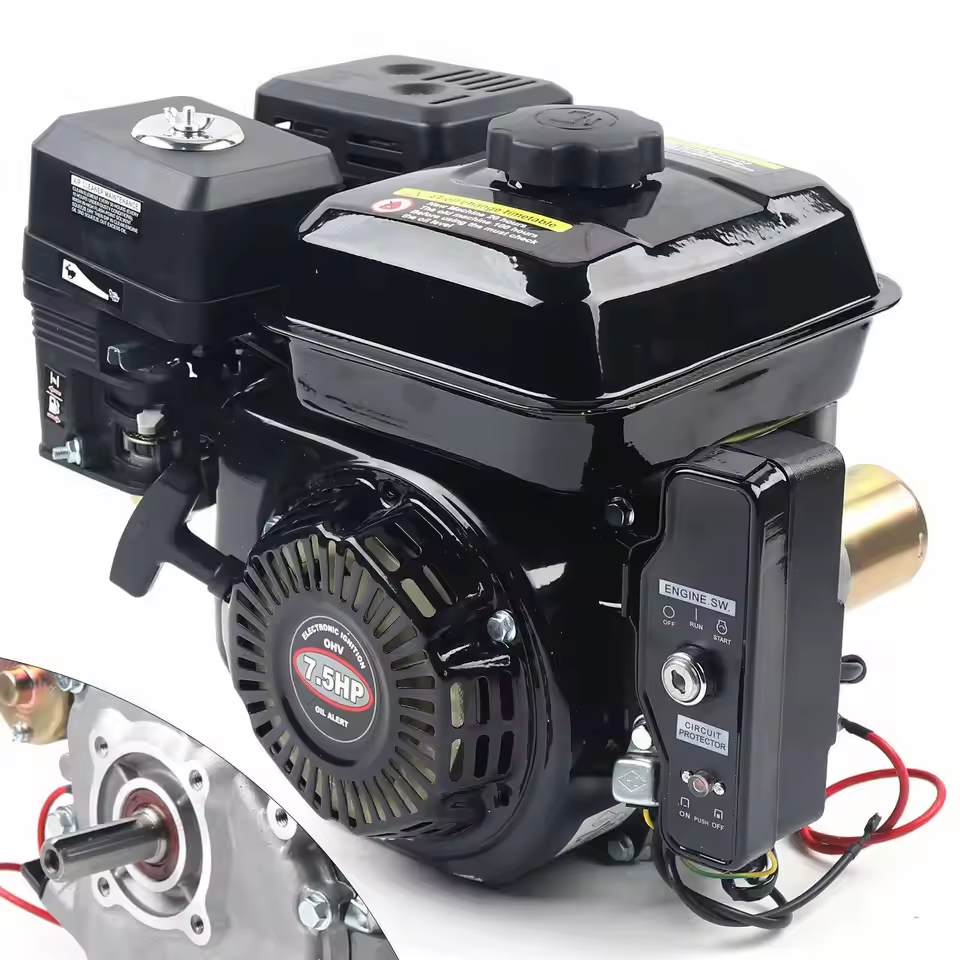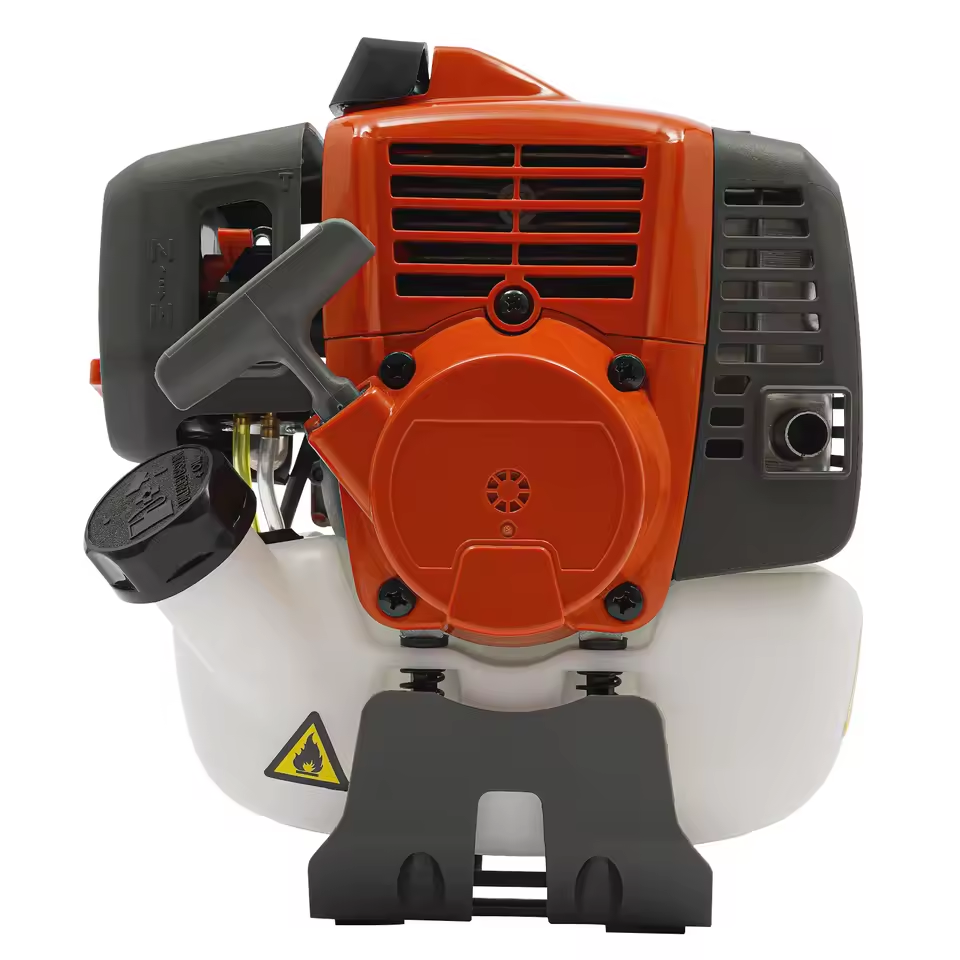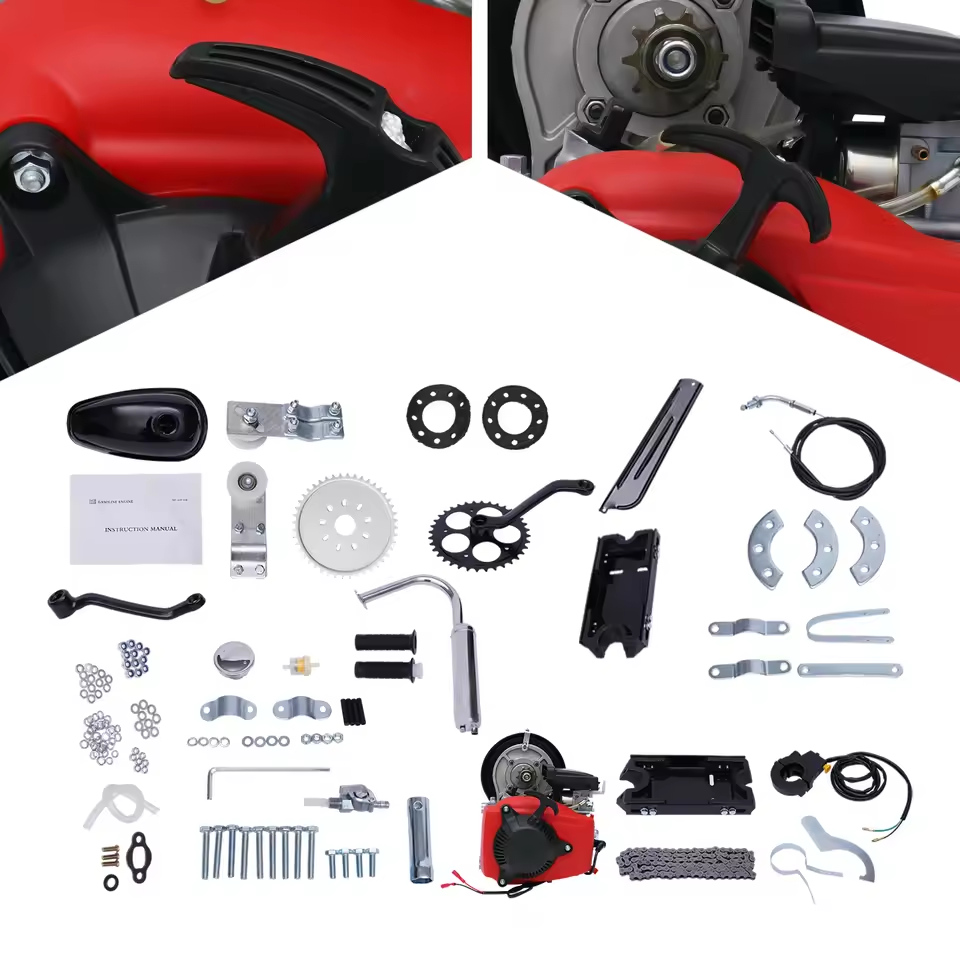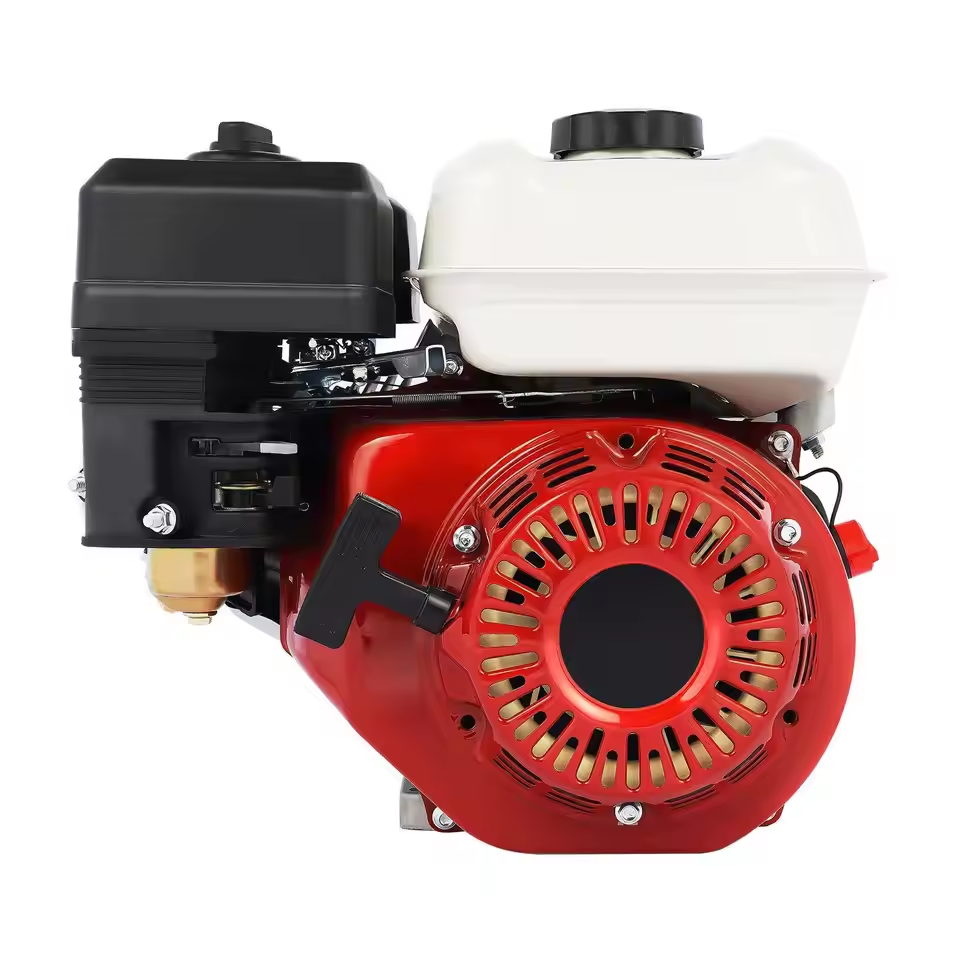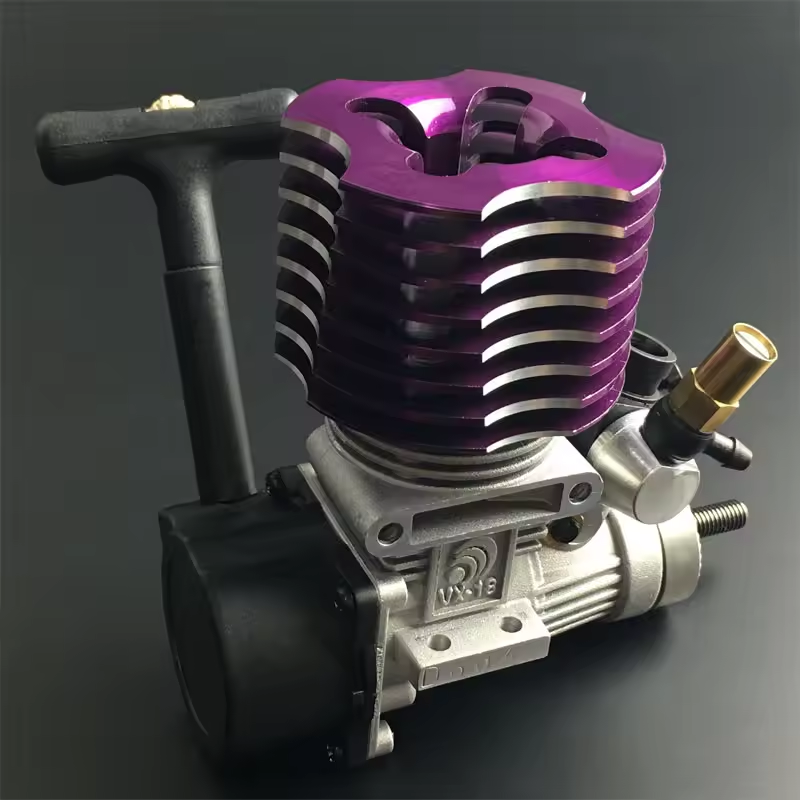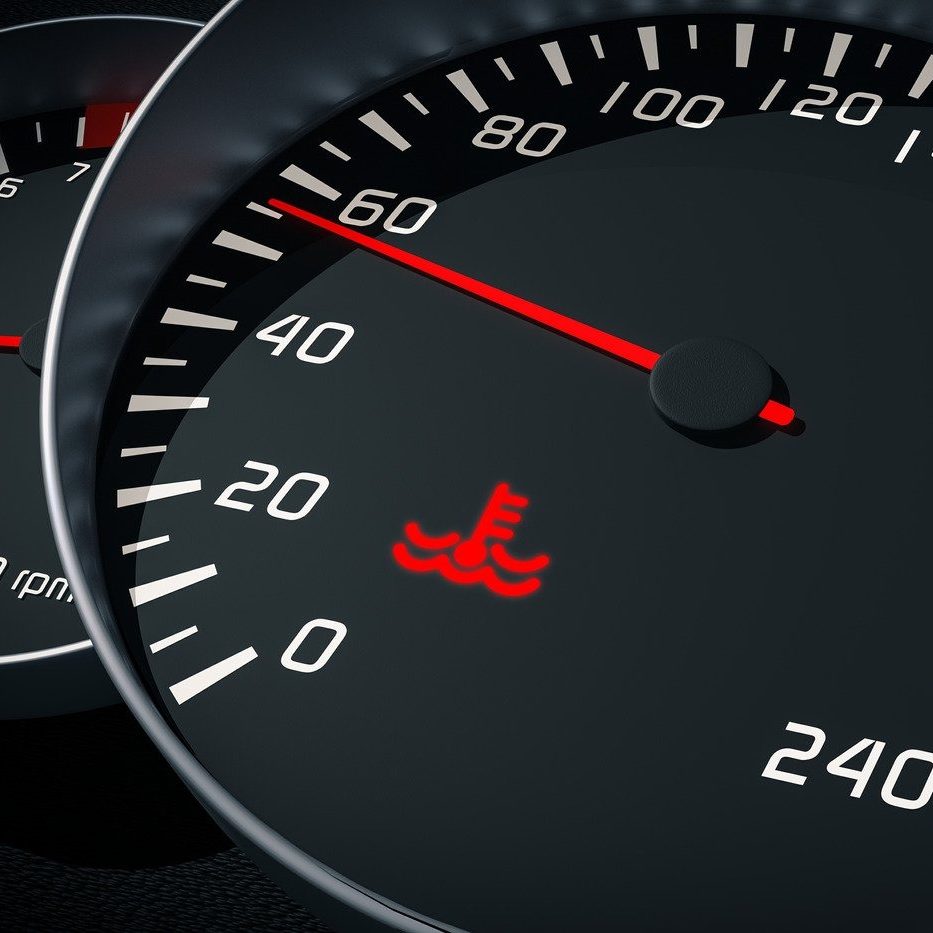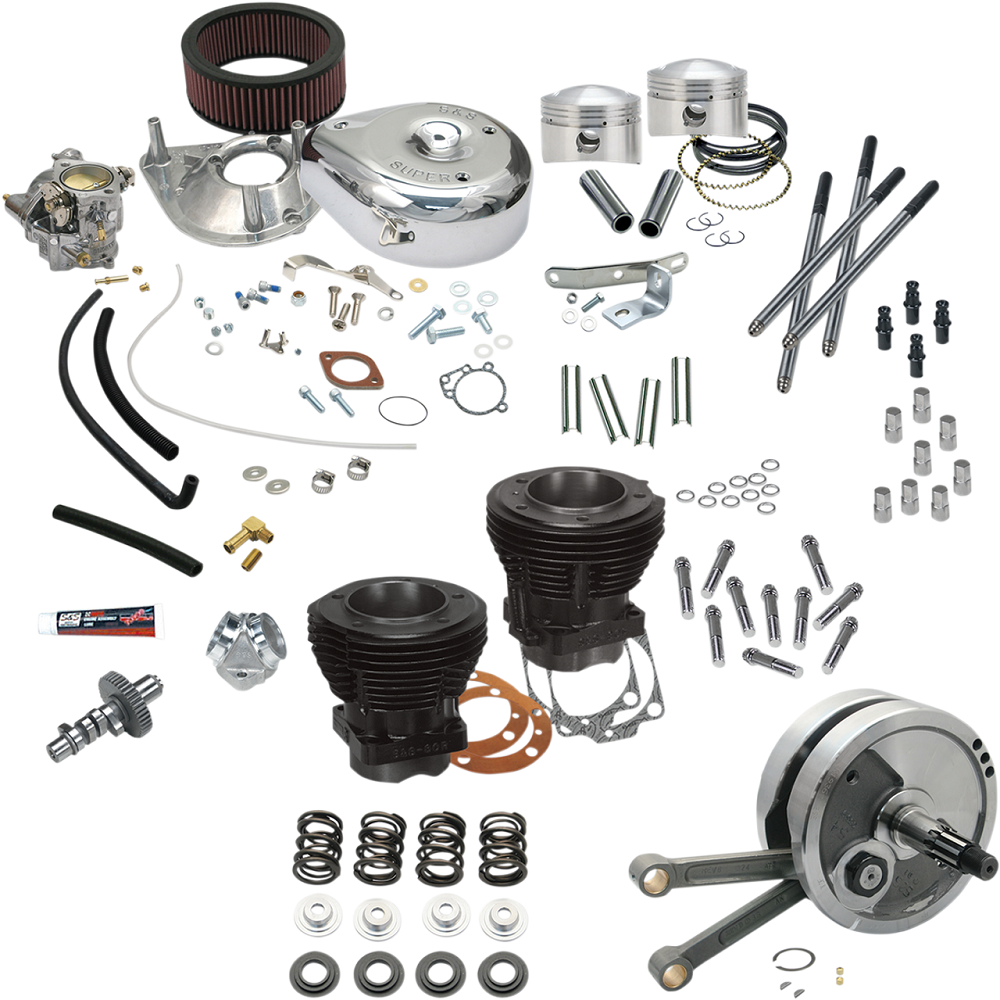Introduction to Hydrolocked Engines
A hydrolocked engine poses a serious threat to your vehicle. But what is hydrolocked engine? In simple terms, it is an engine that has water in its combustion chamber. This water can’t compress like air-fuel mixture does, leading to engine damage. The situation arises when water enters the intake system, possibly due to driving through deep puddles or floodwaters. Quickly recognizing the issue can prevent major harm. Let’s dive into the symptoms and learn how to address this problem. Knowing the signs and solutions will help keep your engine safe from hydrolock damage.
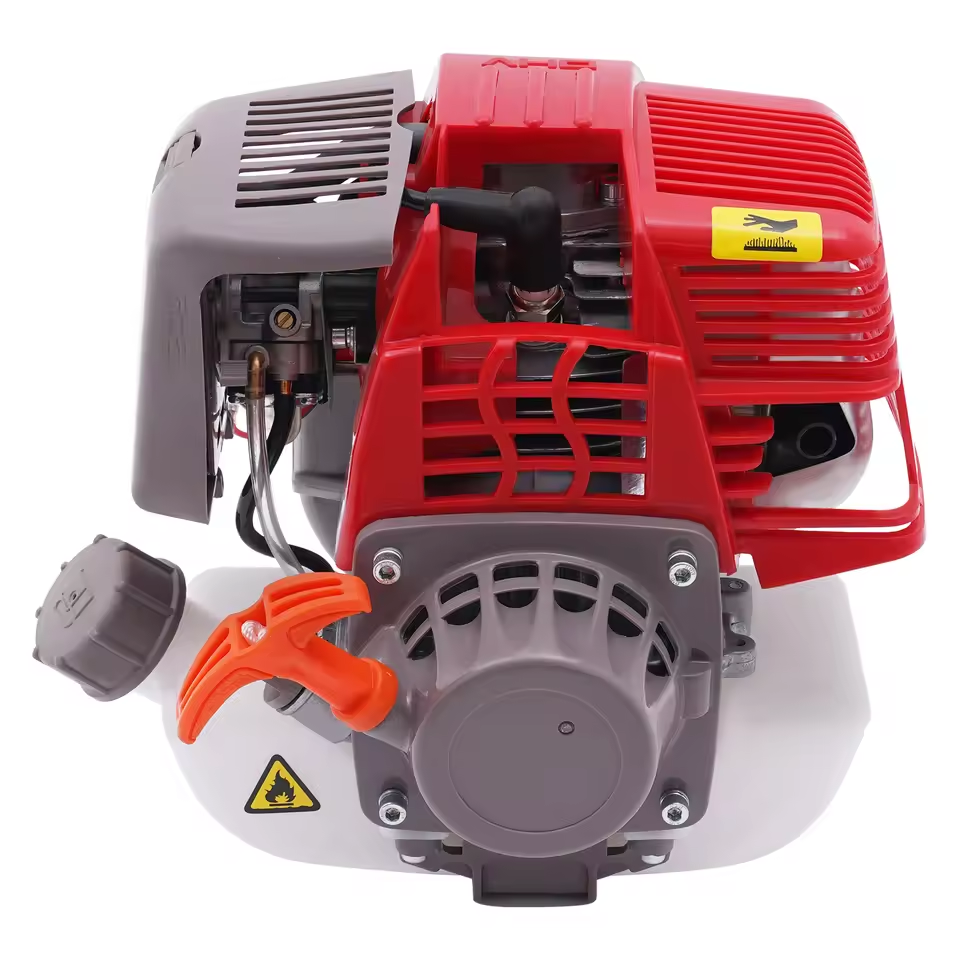
Common Symptoms of a Hydrolocked Engine
Knowing the common symptoms of a hydrolocked engine can save you time and money. Here’s what to look out for:
- Sudden Engine Stalling: If your engine stops abruptly after encountering deep water, it’s a red flag.
- Difficulty Starting the Engine: A hydrolocked engine may refuse to start, indicating water has entered the combustion chamber.
- Unusual Noises: Listen for knocking or slapping sounds from the engine. These noises suggest mechanical resistance likely caused by water presence.
- Visible Water in Intake or Air Filter: Check these areas for moisture. Water here hints at potential hydrolock trouble ahead.
- Engine Misfires: Misfires can occur when water disrupts the normal air-fuel mixture needed for combustion.
If you notice these warning signs, it’s crucial to act fast. Ignoring them could lead to more severe engine damage. So, what is a hydrolocked engine’s most ominous symptom? Engine inability to turn over. This could mean serious internal damage. Seek professional help if you suspect hydrolock to avoid costly repairs.
How Hydrolocking Occurs in an Engine
Understanding how hydrolocking occurs is key to preventing it. Water usually enters an engine through the air intake. Here are common ways this happens:
- Driving Through Deep Water: This is the most direct way for water to reach the engine’s intake. Once inside, it can quickly make its way to the combustion chamber.
- Flooded Engine Compartment: During heavy rains or floods, water can fill the engine compartment. If not drained, it can result in hydrolock.
- Cracked or Damaged Intake Manifold: A faulty intake manifold might let water seep into places it shouldn’t.
Once water is in the combustion chamber, it interferes with the engine’s normal operation. Unlike the air-fuel mixture, water doesn’t compress. When pistons try to compress the water, it leads to mechanical lockup. This can cause immediate engine stalling and, without quick action, severe damage. It’s essential to recognize this process to address a hydrolocked engine appropriately. Always be cautious of water hazards when driving, especially after heavy rainfall or in flood-prone areas.
Step-by-Step Diagnostic Guide
When suspecting a hydrolocked engine, follow this step-by-step guide to diagnose the issue accurately:
- Turn Off the Engine Immediately: Once you suspect hydrolocking, stop the engine to prevent further damage.
- Check for Visible Water: Inspect the air intake and air filter for any signs of water entry.
- Remove the Air Filter: Take out the air filter and check if it is wet. A soaked filter indicates water infiltration.
- Inspect the Oil Dipstick: Pull out the dipstick and look for a milky, water-contaminated oil which suggests a compromised engine.
- Attempt to Crank the Engine Manually: With a wrench, try to turn the crankshaft. If it won’t budge, water may be causing a lock.
- Use a Borescope: For a closer look, insert a borescope into the spark plug holes to check for water in the cylinders.
- Drain the Fluids: If you find water, drain the oil and coolant to evaluate if water has mixed with them.
- Seek Professional Assistance: If you’re unsure or find evidence of hydrolocking, get expert help immediately.
This diagnostic guide aims to swiftly determine what is hydrolocked engine and the extent of potential damage. Remember, acting promptly can save your engine from severe damage.
Potential Damages from Hydrolocking
Understanding the potential damages from hydrolocking is crucial for engine maintenance. A hydrolocked engine can suffer from several serious issues. Here are the key damages you might encounter:
- Bent Engine Rods: The force of water can bend connecting rods, a costly repair.
- Damaged Pistons and Crankshaft: Pistons can crack under the stress, and the crankshaft may warp.
- Ruined Bearings: Bearings might fail due to uneven forces as the engine attempts to compress water.
- Corroded Engine Components: Water exposure can lead to rust and corrosion inside the engine.
- Electrical System Malfunctions: Engine sensors and wiring may short-circuit when wet.
These damages affect the engine’s ability to function and often lead to expensive repairs or complete engine replacement. If you detect any signs of hydrolocking discussed earlier, act quickly. Prompt attention can prevent these extensive damages, saving you from the high costs of engine repair or replacement. Keep in mind that the severity of the damage dictates whether repair or replacement is the best course of action.
Repair or Replace? Evaluating Your Options
When you understand what is a hydrolocked engine and its associated damages, the next step is deciding whether to repair or replace the engine. This decision depends on several factors including the extent of damage and the cost-effectiveness of each option.
Here are actions to help you make an informed choice:
- Assess the Damage: Have a certified mechanic check the engine. The level of water intrusion and damage will guide your next move.
- Consider the Engine’s Age: If your engine is older, it might make more financial sense to replace it. New engines promise greater efficiency and reliability.
- Evaluate the Costs: Get quotes for both repair and replacement. Include potential future repairs if you choose the fix. Sometimes, repair costs can exceed the value of the engine or even the vehicle.
- Check Warranty and Insurance: Your vehicle’s warranty or insurance policy might cover the damage. Read the terms carefully for hydrolock situations.
- Think Long-Term: Decide based on long-term performance and cost. A new engine could add years to your vehicle’s life.
- Environmental Impact: Replacing an engine means producing and disposing of significant materials. If environmental impact matters to you, consider it in your decision.
If you face minor damages from hydrolocking and the rest of your vehicle is in good condition, repairs might be sufficient. However, if the damage is extensive, a complete engine replacement could be more practical and even cost-effective in the long run. Rapid action after detecting hydrolock could minimize damages and keep repair needs to a minimum, saving you from the tough decision of repair versus replacement.
Preventive Measures to Avoid Hydrolocking
Taking preventive measures is the best strategy to avoid hydrolocking and its associated engine troubles. Here’s how you can guard your engine against water damage:
- Avoid Deep Water: Steer clear of driving through deep water, such as flooded streets or large puddles. It’s the most direct route for water to enter your engine.
- Check Weather Reports: Before heading out, check the weather. If heavy rains are expected, consider postponing your trip or choosing an alternate route.
- Maintain Your Vehicle: Regular maintenance can prevent many issues. Ensure your air intake system is in top condition and inspect for any damage that might allow water entry.
- Use a Snorkel for Off-Roading: If off-roading is a frequent activity, consider installing a snorkel. It raises the air intake point, reducing the risk of water ingestion.
- Inspect Drainage: Make sure your vehicle’s drainage systems are not blocked. Water should be able to flow away from critical engine areas.
- Seal Engine Components: Keep your engine’s components sealed and water-tight to prevent leaks that could cause hydrolock.
By following these steps, you can greatly decrease the chances of experiencing what is a hydrolocked engine. Always prioritize engine safety, particularly in situations where water exposure is possible. Timely and thoughtful prevention is key to safeguarding your vehicle’s engine and performance.
Conclusion: Importance of Timely Intervention
Wrapping up our discussion on diagnosing hydrolocked engines, the final takeaway is clear: swift action is essential. Recognizing the early warning signs of a hydrolocked engine can mean the difference between a minor repair and a total engine overhaul. When you ask yourself ‘What is hydrolocked engine?’ remember, it’s an urgent issue that demands immediate attention.
Prompt diagnosis is crucial. As soon as you detect symptoms, like sudden stalling or difficulty starting the engine, act swiftly. By following the steps outlined earlier – from inspecting for visible water to consulting a professional mechanic – you can nip potential problems in the bud.
It’s vital to weigh the options between repairing or replacing a damaged engine. Consider the engine’s age, repair costs, and long-term performance. And don’t forget, your timely response can be greatly aided by preventive measures like avoiding deep water and maintaining your vehicle.
In the end, understanding how hydrolocking occurs, its symptoms, and solutions arms you with knowledge. Use this knowledge to protect your engine, ensuring its longevity and reliability. Remember, what is a hydrolocked engine is a problem that can be solved with fast and informed decision-making.
